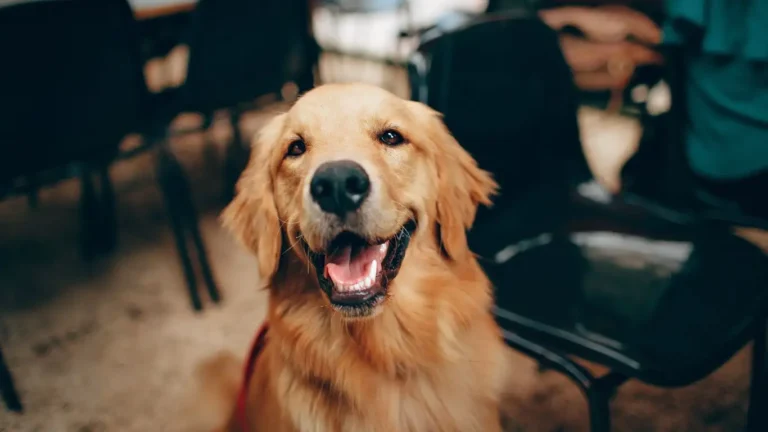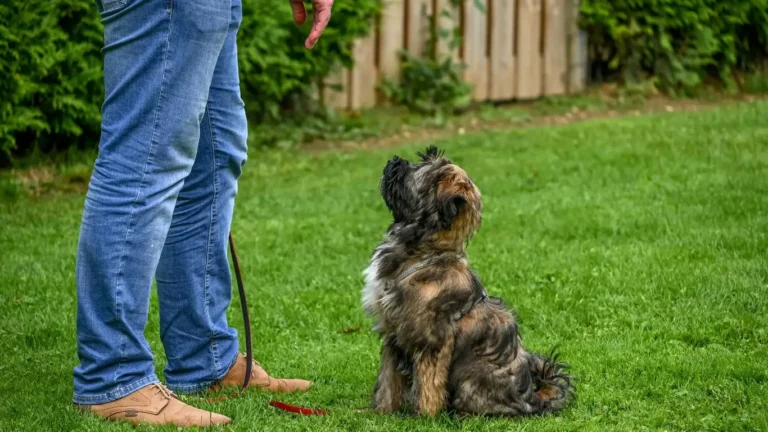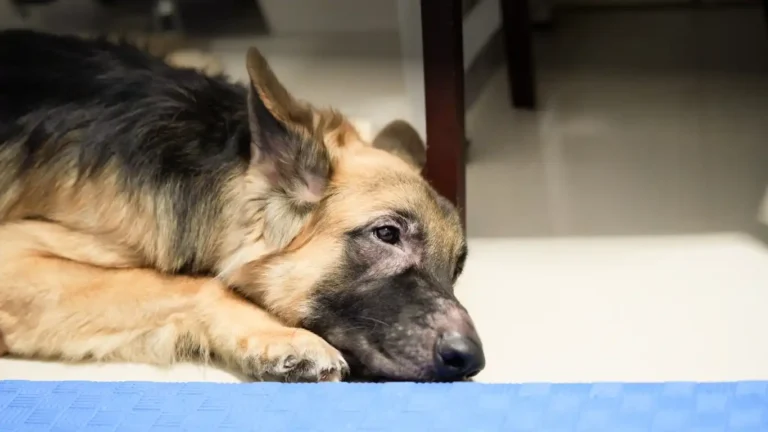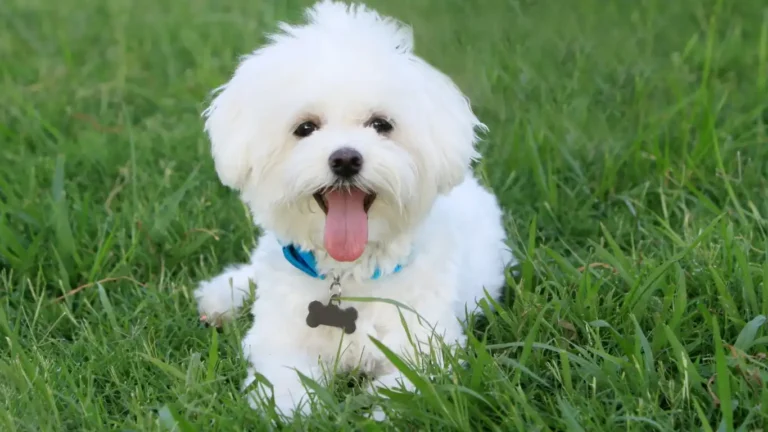How to Teach Your Dog to Tolerate Being Alone: A Step-by-Step Guide
Teaching a dog to be okay with being alone is one of those things that seems simple—until you’re staring into a pair of sad puppy eyes or hearing howls echoing through the neighborhood the moment you leave. If you’ve ever wondered how to teach a dog to tolerate being alone, trust me, you’re not the only one. As a Veterinary Technician/Nurse who specializes in pet nutrition and behavior, I’ve worked with countless pet parents dealing with separation anxiety and clingy pups. It’s something I’ve even dealt with in my own home. Let me walk you through it from a practical, real-world perspective. No fluff. Just tips that actually work.
Understanding Why Dogs Struggle with Alone Time

First things first, dogs are social animals. They thrive on interaction, routine, and the safety of their pack—you. So when that connection is suddenly gone, especially if it’s abrupt or inconsistent, it can be pretty overwhelming for them.
Some pups get anxious because they’ve never learned how to self-soothe. Others may associate your absence with something negative—like total silence, lack of stimulation, or even a change in routine. And for rescue dogs or those with a rocky past, the fear of being left again can be even more intense.
I remember this sweet Golden Retriever named Daisy who came into our clinic. Her family adored her, but she would destroy the house every time they left for work. It wasn’t disobedience. It was panic. That’s the kind of thing we need to gently guide them through, not punish.
Start Small and Build Confidence
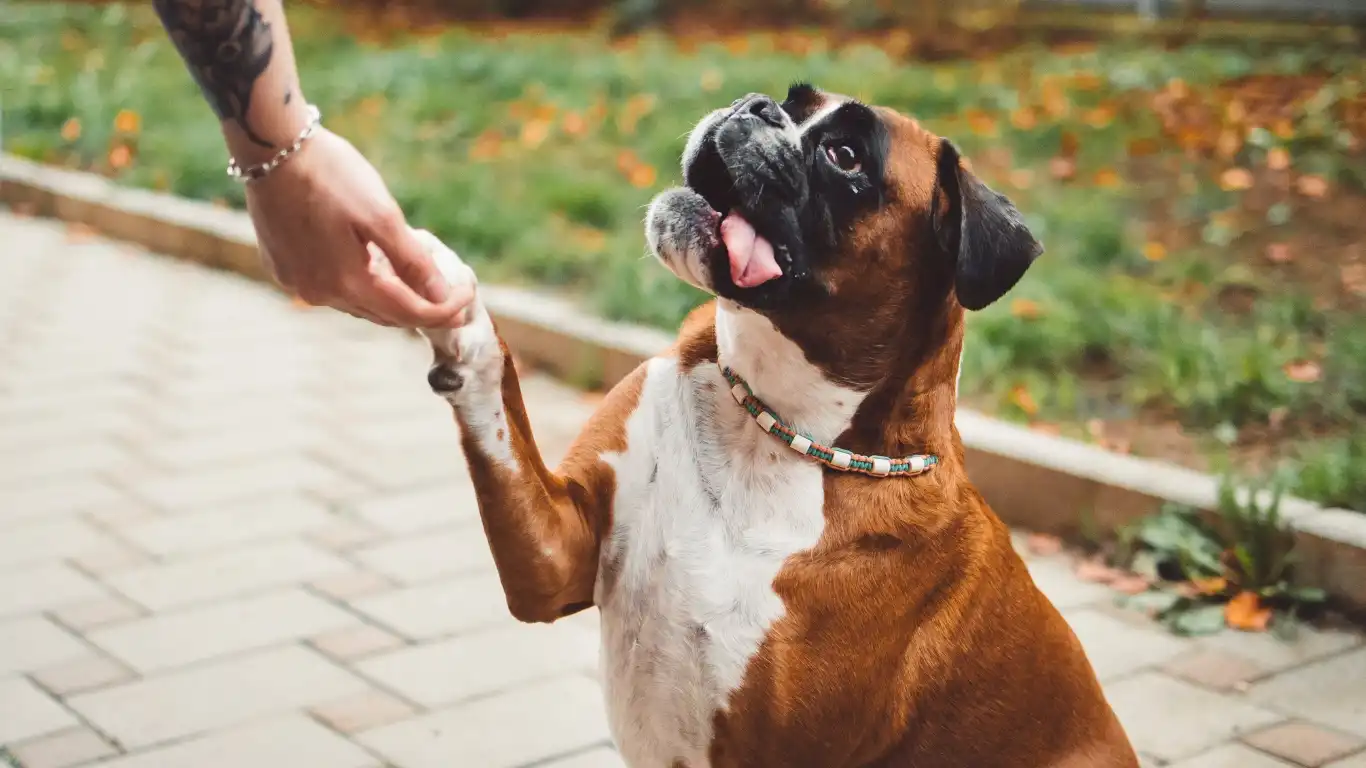
Create a Safe Space
This is your dog’s “zen den.” A cozy place they associate with peace and good vibes. Think: a comfy bed, familiar scents, maybe some soft background noise like a calming playlist or white noise machine.
- Crates can work wonders if your pup is crate-trained and sees it as a safe spot, not a punishment.
- Use an old shirt or blanket that smells like you to give them comfort while you’re away.
- Leave out puzzle toys or frozen Kongs to keep their brain busy and distracted.
Practice Leaving (But Don’t Make a Big Deal About It)
One of the biggest mistakes we make—totally unintentionally—is turning our exits and entrances into dramatic scenes. That actually teaches dogs that departures are a big deal. Let’s flip that script.
- Start by stepping out for 2-3 minutes. Just a quick “I’ll be back,” and leave like it’s no biggie.
- Gradually increase that time, but keep everything super chill. No long goodbyes. No dramatic hellos.
- Return calmly. Greet them only once they’ve settled down a bit—this reinforces calm behavior.
With my own terrier mix, Luna, I had to go back to basics when I first adopted her. I couldn’t even go to the mailbox without a meltdown. But after a couple of weeks of baby steps (and a ridiculous number of stuffed Kongs), she started napping when I left. Total win.
Use Food as a Positive Association

Feeding Alone = Alone Time Feels Good
Since I specialize in nutrition, I always like to bring food into the picture. Food is more than just fuel—it’s one of the most powerful tools we have for behavior training. When you use meals or treats to create a positive link with your departure, it can completely shift their mindset.
- Feed your dog in their safe space right before you leave.
- Reserve their absolute favorite chews or treats for alone time only—this makes it feel special, not scary.
- Use slow feeders, lick mats, or treat-dispensing toys to extend the positive experience.
Just like us, dogs can form strong emotional connections to food. If they associate your absence with getting something delicious, over time, that anxiety can turn into anticipation. I’ve used this method with dozens of clients, and it’s one of the fastest ways to see progress.
Recognize the Signs of Stress Early
Watch Their Body Language
Some signs of stress are super obvious—barking, howling, chewing the couch—but others are more subtle. And if you can catch those early, you’ll be in a much better position to intervene before full-blown separation anxiety kicks in.
- Pacing or following you from room to room
- Licking lips, yawning, or panting when there’s no heat or exertion
- Refusing to eat unless you’re nearby
- Going potty inside even though they’re house trained
In the clinic, we’d often see these behaviors reported *after* a dog had already chewed through doors or crates. But those little signs usually started way before that. That’s why it’s so important to read your dog’s cues and adjust your approach early.
Gradually Increase Alone Time for Real-World Scenarios

Okay, so your dog is starting to handle short absences like a champ—that’s awesome. But here’s the thing: life doesn’t operate in five-minute increments forever. Eventually, we’ve gotta stretch that time so your pup can chill while you’re at work, out for brunch, or even gone for a weekend getaway. (Hey, a dog parent deserves a vacation too, right?)
Here’s how I usually guide clients through the next stage—one step at a time:
- Build consistency. Leave at the same time every day, even if just for a few minutes. Dogs thrive on routine. Predictability is their security blanket.
- Mix up the routine slightly. Grab your keys but don’t leave. Put on your shoes, then go sit on the couch. These “false alarms” teach them that these cues don’t always mean you’re disappearing.
- Increase duration slowly. Don’t jump from 10 minutes to 4 hours. Add 5-10 minutes every few days, depending on how your dog’s doing.
When I worked with a nervous husky named Beau, we hit a plateau around the 30-minute mark. Every time the clock ticked past half an hour, he’d start whining. What helped? A doggie cam so his humans could monitor real-time behavior—and we adjusted based on how calm he actually was, not just how long we *thought* he should be okay.
Consider the Role of Daily Structure and Mental Stimulation
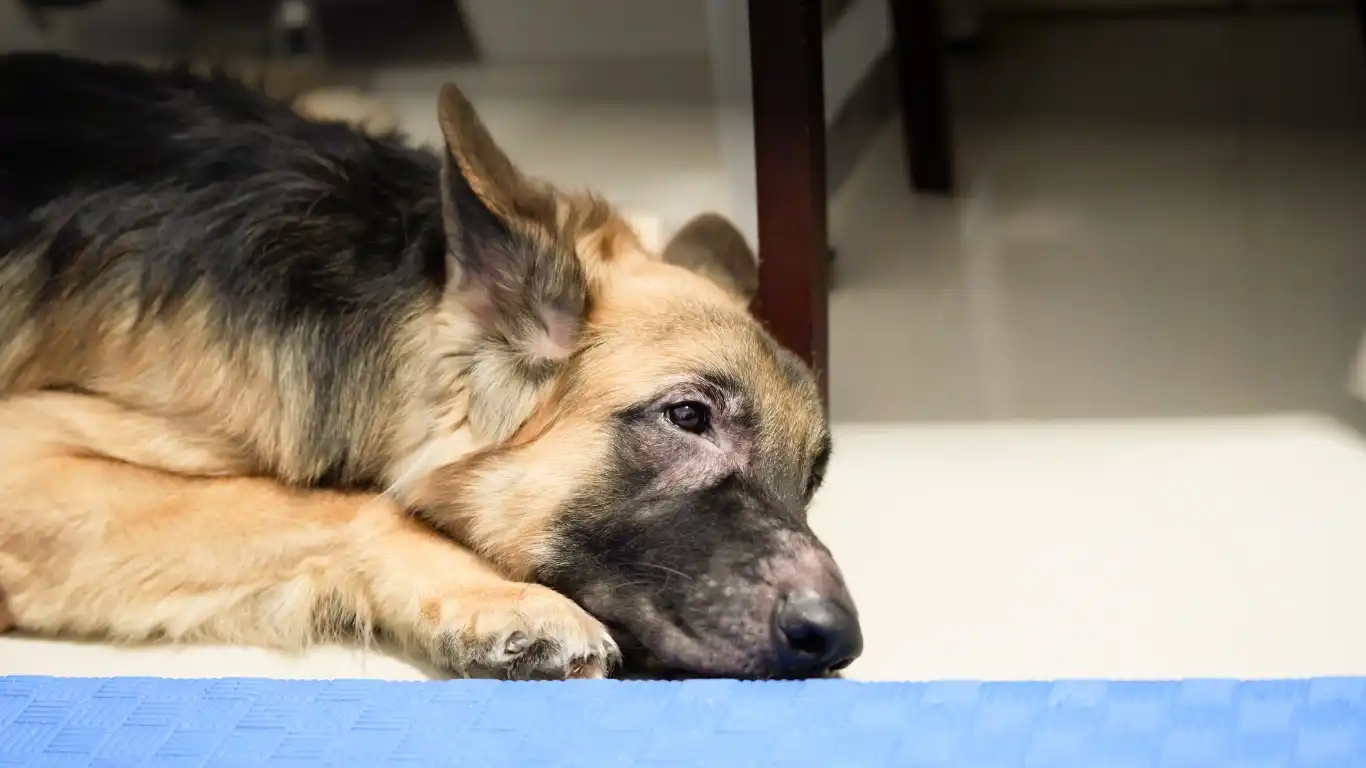
Tired Dogs Worry Less
One of the best pieces of advice I give (and live by) is: a tired dog is a relaxed dog. If your dog’s got pent-up energy, they’ll find ways to use it—usually in ways you won’t love, like chewing through a door or redecorating the sofa with stuffing.
So before you leave, give them something to focus on:
- Go for a brisk walk or short jog in the morning.
- Work in a little training session—something fun like “find it” or scent games. Brain work is just as tiring as physical activity.
- Rotate toys to keep things interesting (novelty keeps them engaged).
One of my long-time clients has a super energetic Aussie mix named Marlo. They started adding 15 minutes of morning frisbee before work and paired it with a long-lasting chew. The destruction stopped within the week. Seriously. Sometimes it’s just about getting those zoomies out early!
Stick to a Predictable Daily Rhythm
Even if your schedule varies, try to anchor your dog’s day with a few key routines: meals, potty breaks, walks, and rest time. If they know what’s coming, they’ll spend less time stressing and more time snoozing.
Also, dogs are really tuned into our energy. If we’re stressed while getting ready, they feel it. Slow down your own routine a bit. Turn the morning chaos into a ritual. I’ve had success just by shifting feeding and potty time a little earlier so I’m not rushed—and the dogs pick up on that calm vibe.
When to Consider Tools and Training Aids

Not All Tools Are Created Equal
Now, I’m not big on gimmicks, but there are some tools I absolutely recommend in certain cases—especially when the training foundation is already solid, but your dog just needs a little extra help.
- Calming vests – Like a gentle hug for dogs. They work for some and not for others, but when they do? Game-changer.
- Dog pheromone diffusers or sprays – These mimic calming canine signals. A great natural aid, especially for younger dogs or new rescues.
- Interactive cameras – Some models even let you toss treats or talk to your dog. It can be a good bridge for dogs with mild anxiety.
And yes, in a few rare cases, a vet may recommend medication—short-term, and always as part of a full behavior plan. I’ve worked closely with veterinarians on this, and the goal is always to support training, not skip it. Think of it like training wheels, not the whole bike.
Positive Reinforcement is Always the Core
Whatever tools or methods you use, always center them around positive reinforcement. Reward calm behavior. Encourage independence. Never punish anxiety—it doesn’t teach them to be brave, it just makes them scared and confused.
And don’t forget to celebrate the wins! Seriously, even if it’s just, “My dog didn’t bark for 10 minutes after I left today,” that’s progress. I always encourage pet parents to track milestones in a journal or app. It’s super motivating, and it helps us tweak things if needed.
So, if you’ve been feeling overwhelmed about how to teach a dog to tolerate being alone, know that you’re not alone either. Whether you’re a first-time dog parent or you’ve had dogs your whole life, each pup is different—and they all have their own pace. With a little patience and a lot of love, it absolutely gets better. I’ve seen it. I’ve lived it.
Handling Setbacks: Patience is Key

No matter how great the progress looks, there will be moments of setback. That’s part of the journey. It’s natural. Dogs, like us, have good days and bad days. Sometimes, even after weeks of consistent work, your dog might suddenly start acting like they’re afraid of being alone again. It can feel frustrating—especially if you thought you were past the hard part. But trust me, setbacks don’t mean you’ve failed. They just mean that your dog is still learning, and sometimes, things happen in their world that make them feel insecure.
I’ve had clients get discouraged when their dog who had been doing well suddenly regresses. My own dog, Luna, went through a similar phase. After months of progress, she started barking again when I left, and I thought, “Not this again!” But I remembered something important: it’s all part of the process. Life changes, routines shift, and so do the emotions of our pups.
Identifying Trigger Events
One of the first things I do with clients when setbacks happen is to try to identify any potential trigger events. Something might have thrown off your dog’s security. Maybe it’s the sound of a neighbor’s dog barking or a change in the weather that makes your dog uneasy. The goal here is to not panic or overreact. Take a deep breath, and reflect on what might have shifted in their environment.
- Has there been a major change in routine (a new work schedule, a vacation, etc.)?
- Are there new noises or disruptions in the neighborhood?
- Is your dog physically unwell? Sometimes anxiety is triggered by discomfort or pain.
Addressing these triggers calmly is key. If you find that your dog is reacting due to a specific issue, it’s time to adjust your approach or introduce some extra reassurance. With Luna, we had a setback after a long trip I took—she was left with a pet sitter, and when I returned, her anxiety levels spiked. We had to go back to square one for a few days, and that was okay.
When to Seek Professional Help

There are times when you might reach a point where it feels like you’ve tried everything, and your dog is still struggling with separation anxiety. That’s when it might be time to bring in a professional. You don’t have to go through this alone. Trainers who specialize in behavior modification or a veterinary behaviorist can offer invaluable help when things get really tough.
Veterinary behaviorists are experts in diagnosing and treating behavior problems with a scientific approach. They might suggest a combination of training, environmental changes, and even medication to help manage the anxiety. I’ve worked closely with a veterinary behaviorist in the past for some of the more extreme cases we’ve seen, and I can vouch for how helpful their expertise can be.
Finding the Right Trainer
If you’re considering working with a trainer, make sure they’re certified and experienced with separation anxiety. A few things to look for:
- Look for certifications like CPDT-KA (Certified Professional Dog Trainer – Knowledge Assessed) or a similar credential.
- Find someone with a positive reinforcement-based training philosophy. Avoid trainers who use harsh methods—this can make the anxiety worse.
- Ask for recommendations from your vet or local pet parents.
Just be sure you’re on the same page with what the trainer is working on. You want them to be as patient as you are and to work in a way that makes your dog feel supported, not stressed.
Looking Ahead: Building Long-Term Confidence
Ultimately, the goal isn’t just for your dog to tolerate being alone—it’s for them to feel confident and secure whether you’re around or not. This process takes time, and it’s important to celebrate every bit of progress along the way. Whether it’s your dog chilling in their crate without whining for an hour, or simply walking away without a freak-out, every step forward is a win.
Also, remember that independence isn’t about being “cold” or “detached” from your dog. It’s about fostering a sense of self-assurance. You’re not abandoning them; you’re giving them the space to learn that being on their own is safe and just another part of their happy routine.
Keep in mind, this isn’t a race. Your dog’s journey will be unique to them. Every dog is different, and some will take more time than others. Stay patient, keep your expectations realistic, and continue supporting them in ways that honor their comfort zone. After all, the love and bond you share will only grow stronger as they become more confident and independent.
References
If you’re looking to dive deeper into separation anxiety or behavior training, here are a few trusted resources:
Disclaimer
The information provided in this article is for educational purposes only. If your dog is experiencing severe anxiety or behavioral issues, it is always best to consult a professional trainer or veterinarian who can provide individualized care tailored to your pet’s needs.
